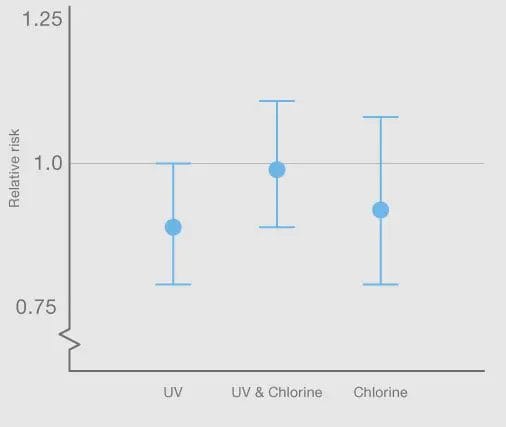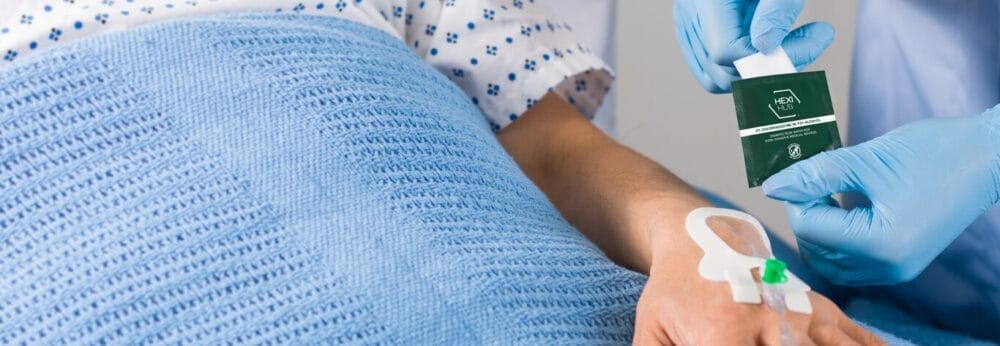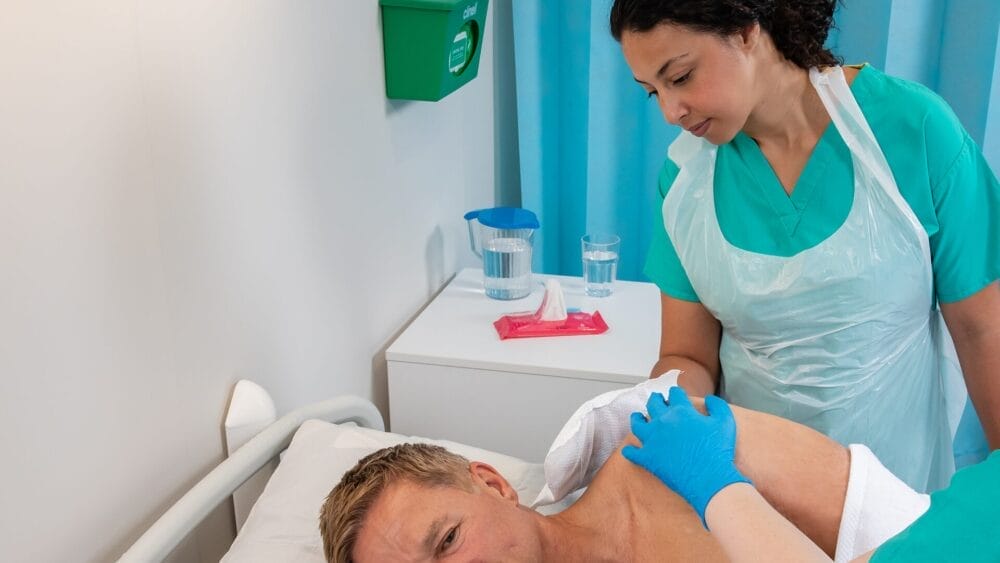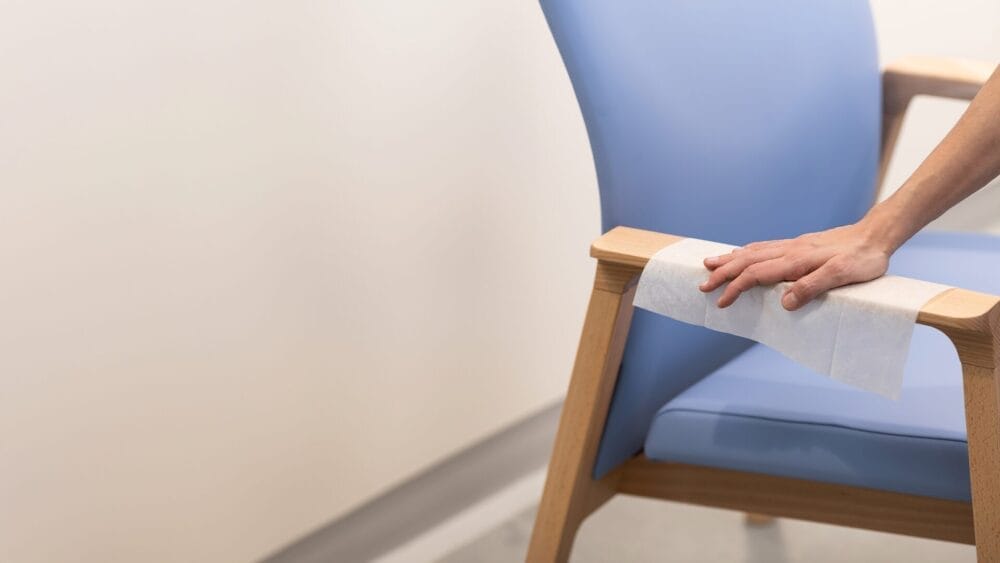Posted
26th June 2018
Research
A study published in the Lancet Infectious Diseases provides further evidence that UV room decontamination reduces transmission in hospitals. The multicentre cluster-randomised study showed that introducing UV room decontamination for selected patient rooms resulted in a hospital-wide reduction in C. difficile and VRE acquisition compared with standard methods of decontamination.
This is a companion article to the BETR-D study that was published in the Lancet last year. This huge multicentre cluster-randomised study involved around 300,000 admissions to 9 hospitals over two years. The hospitals used a random sequence of terminal disinfection strategies for rooms of patients with selected target pathogens (C. difficile, MRSA, VRE, and Acinetobacter spp.). The disinfection strategies were:
- QAC disinfectant plus sodium hypochlorite for difficile (the reference method),
- QAC + UV plus sodium hypochlorite plus UV for difficile,
- Sodium hypochlorite + UV and
- Sodium hypochlorite.
The hospital-wide rate of acquisition of the target pathogens was investigated as a combined rate and for individual pathogens.
Overall, the QAC + UV proved to be the most effective strategy, with a relative risk of acquisition for all pathogens combined of 0.89 and with an upper confidence interval that just touched 1 (see Figure). This means that this reduction for all pathogens combined was right on the borderline of what would be considered statistically significant. This was driven by a statistically significant reduction in the acquisition of VRE (relative risk 0.56, confidence interval 0.31 – 0.996; p=0.048) and C. difficile (0.89, 95% CI 0.80 – 0.99; p=0.031).
Figure 1: The relative risk of acquiring all target pathogens combined for the test methods compared with the reference method, which was QAC disinfectant for all pathogens plus sodium hypochlorite for C. difficile

These findings are curious in some ways. The original BETR-D study showed that patients coming into rooms disinfected using UV were less likely to acquire target pathogens than patients admitted to rooms disinfected using standard methods. Here, the question was whether improved terminal disinfection would have a hospital wide impact, and this was shown to be the case for VRE and C. difficile. This suggests that improving terminal disinfection not only improves patient outcomes for the next patient to occupy a single room, but has knock-on clinical benefits measurable across the entire hospital!
These findings strengthen the case for enhancing terminal disinfection strategies by adding automated room decontamination systems, such as UV.
SHARE THIS ARTICLE
Tags
Latest News
Embracing sustainability and cost savings: The journey of Clinell Indicator Notes to paper-based solutions
At GAMA Healthcare, we’ve always prided ourselves on being at…
Introducing HEXI HUB: A seamless transition in our product line
We’re pleased to announce an update to our product offering…
Innovative solutions for tackling Carbapenemase-producing Enterobacteriaceae (CPE) at King’s College Hospitals
King’s College Hospital NHS Foundation Trust, one of London’s largest…
Gloves Off: reducing unnecessary plastic waste during environmental cleaning and disinfection
In this blog, Dr Phil Norville discusses the momentum-gaining ‘Gloves…




